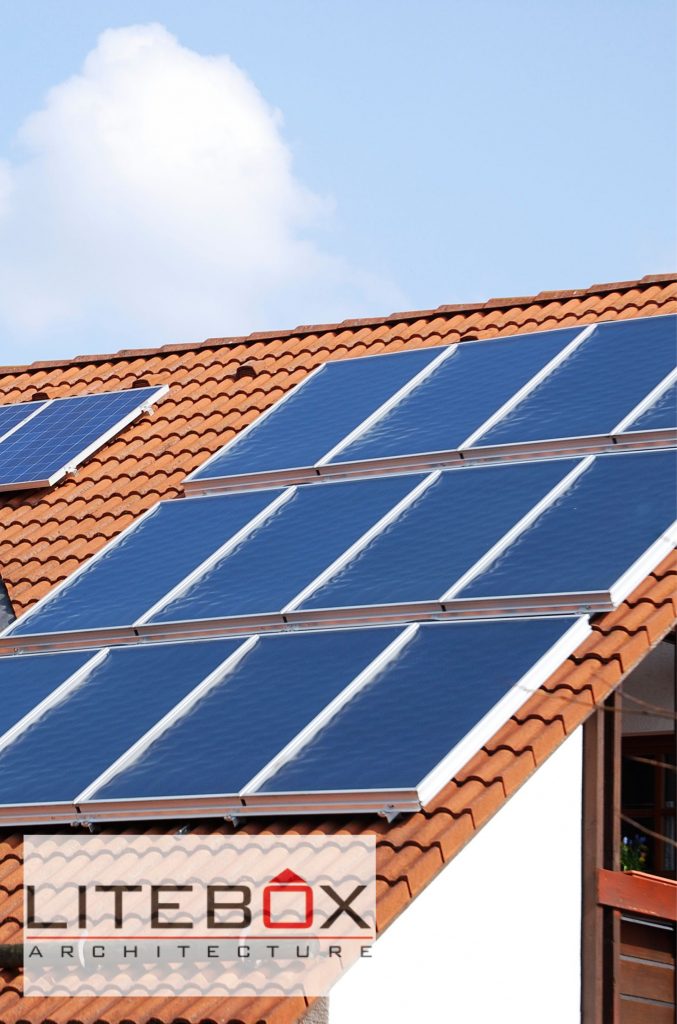What is Sustainable Construction?
People often ask what is sustainability? What is sustainable construction? And why do we need this?
Why the need for change and sustainability?
The built environment shapes how we live our lives and is at the heart of our economy. The way we use natural resources, the effect that pollution from making these materials has on our environment and in the use of buildings once they are occupied is unsustainable. All of these influence our environment as well as traditional buildings that consume vast amounts of energy, thus burning more fossil fuels with inevitable damage to our climate.
However, the knowledge exists to create buildings that minimise these environmental effects and provide more healthy spaces for their occupants with lesser cost.
What is Sustainable Construction?
There is no strict definition of sustainable construction but the over view of this can be taken to mean “construction which has minimal impact on the environment”
Sustainable construction can include the following:

So How Can We Achieve Sustainable Construction?
There are some simple rules that we can follow to achieve sustainable construction within most projects:
What are the Benefits of Sustainable construction?
There are many potential benefits to gain from implementing sustainable construction:
Implementing Green Energy
Green energy now plays a part in our energy consumption – so what is it? Green energy is energy that comes from renewable resources. Combined with energy efficiency improvements and sustainable construction this can help reduce our overall energy usage and aid climate change. These sources of energy can meet our future needs in a more sustainable manner.
Design Considerations for New or Refurbished Buildings
So how can we break these down in to smaller elements that we can implement in the construction or refurbishment of our buildings? These are some key sustainable and energy efficient design considerations to consider when designing your new or refurbished building:
These are the types of design consideration we try to incorporate here at LiteBox Architecture within our design stages to help create more sustainable building and help protect our environments future and reduce climate effects.
To discuss your project get in touch today on 0121 387 5900.
Visit our Instagram & Facebook pages to see some of our designs come to life.
What is Sustainable Construction? (c)Litebox Architecture
Updated: 13/10/2022
